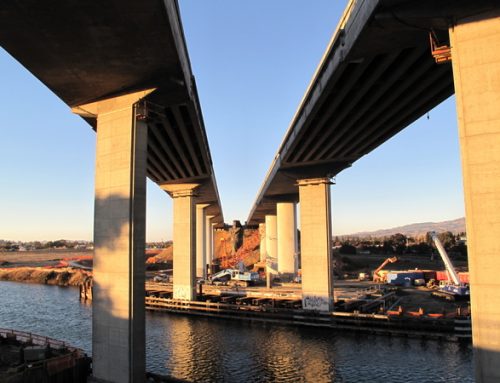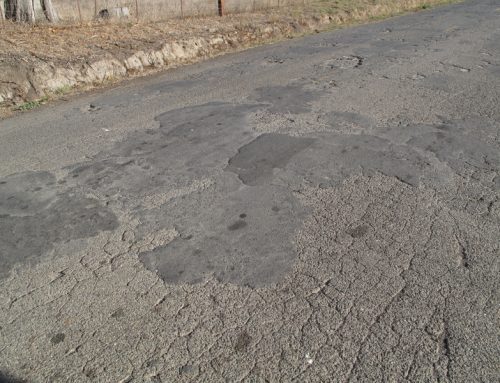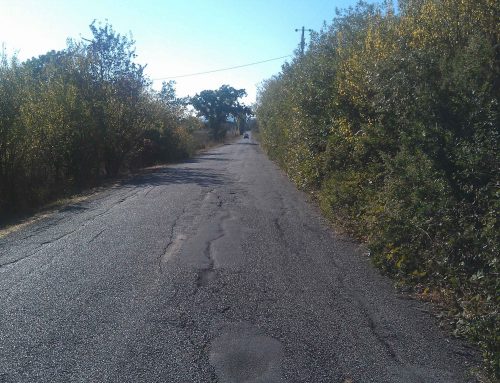Update: Wildlife advocates staged a protest April 26, claiming that state and federal agencies are slow in replacing nets that are killing nesting swallows. Caltrans spokesmen responded by saying that crews have been working double shifts, seven days a week to correct the problem. Read the full story HERE.
Swallows nesting beneath the Petaluma River Bridge appear to be out of danger, according to a Caltrans statement released Tuesday. Caltrans spokesman Robert Haus said that biologists continued to inspect the netting draped beneath bridge decks on the State Route 116 Interchange and the Petaluma River Bridge on U.S. 101.
Birds had found openings in the netting and were becoming trapped late last week. Read the original Press Democrat story about it here.
“Working immediately and throughout the weekend, the contractor pulled the nets tight eliminating the gaps, and the needless loss of birds appears to have stopped,” Haus said. Biologists employed by Caltrans said those efforts appear to have solved the problem but said they would continue monitoring the site
“We don’t want another bird to die,” said Caltrans spokeswoman Tamie McGowen. “That’s why we have the nets up in the first place.”
The $77 million project will replace the existing Petaluma River Bridge with a new, wider structure that will eventually accommodate new HOV lanes. It will also eliminate nine access points, reconstruct the Petaluma Boulevard South interchange, and construct or widen 2.5 miles of frontage roads. A separate $26 million project will widen the southbound State Route 116 separation bridge, and replace the northbound State Route 116 separation bridge.
Tree-cutting answers
Still curious about the trees that were cut alongside U.S. 101 at Airport Boulevard and Fulton Road? Caltrans sent along the following graphic that answers all the basic questions.
Why leave the stumps? Contractors were waiting for the dry season rather than disturbing the topsoil during the rainy season.
Total number of trees removed at the Airport/Fulton intersection and for the Windsor sound walls: 680, including 333 oaks, 304 redwoods, 21 Tree of Heaven, 14 pine, 7 fir and 1 eucalyptus. Once the construction is complete, workers will plant 200 trees around the new interchange, 700 willows along Mark West Creek, and another 1,260 trees at Cresta ranch, which is owned by the Sonoma County Agriculture Preservation and Open Space District.
Why they were removed: For safety’s sake, anything within 30 feet of the new road’s edge was cut.
Read all the answers by clicking on Tree Removal Facts.
------------------------
Follow the Road Warrior on Twitter at @PDRoadWarrior.



